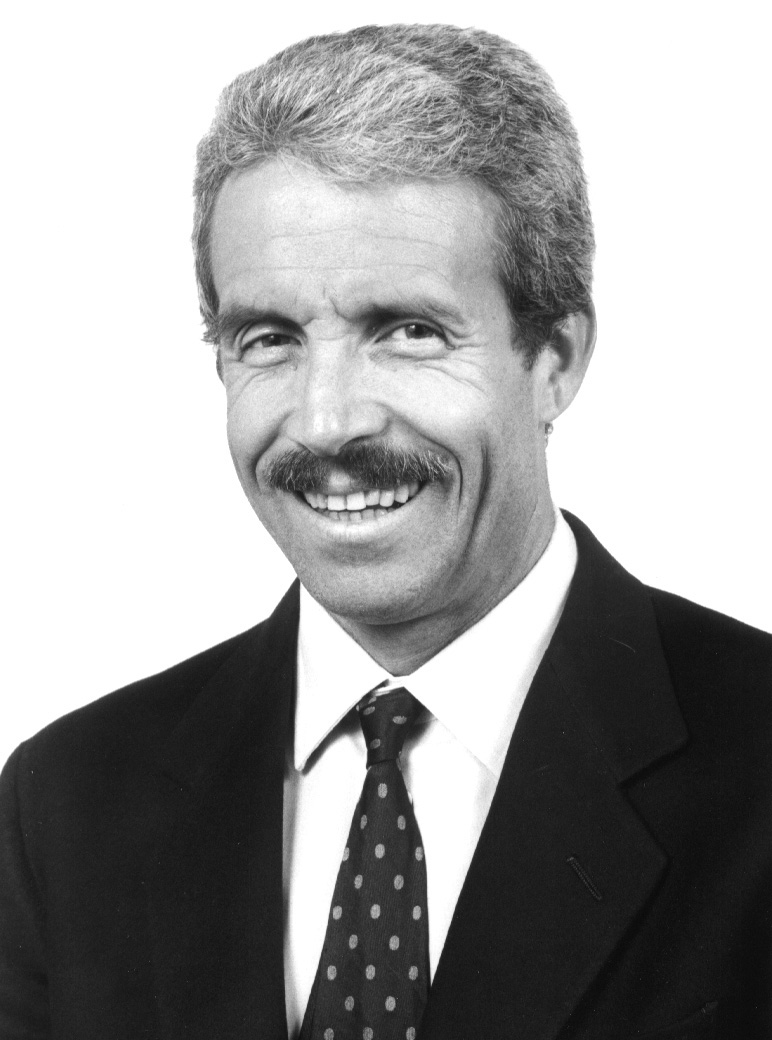Keynote 1: Wednesday July 6, 2011
Vehicular Communications: From Urban Sensing to Traffic Control and Games
 |
Prof. Mario Gerla
Professor, UCLA, Computer Science Dept
|
|---|---|
Abstract:
There has been growing interest in using vehicle networking for mobile applications ranging from safe driving to location aware content distribution, intelligent transport, commerce and games. This unusual diversity of applications sets the Vehicular ad Hoc Network (VANET) apart from conventional MANETs used in tactical and civilian emergency scenarios and introduces new design challenges. In this talk we review the emerging VANET standard based on DSRC/IEEE 802.11p. We then introduce emerging vehicular applications and examine the new services they require. A representative scenario is urban sensing: vehicles monitor the environment, classify the events, e.g., license plates, chemical readings, radiation levels, and then generate metadata. The metadata in turn can be uploaded to Internet servers or can be kept on board of vehicles for future, forensic harvesting by Authorities. A related application is vehicle monitoring of traffic congestion and pollution. The information received from vehicles will be used by Navigator Servers and Transport Authority to dynamically adjust traffic flows and routes so as to minimize both travel delay and urban pollution. On the entertainment side, VANET unutilized bandwidth will allow passengers to down load favorite video streams and the younger generation to play network games with peers on other cars and/or across the Internet. The above applications exhibit remarkably different requirements in terms of delay, storage, bandwidth and security. We will outline the VANET services that are required to enable their smooth coexistence. We will then conclude the talk with preliminary experiments carried out on the UCLA Campus Vehicle Testbed (C-VeT).
Prof. Gerla Biography: Dr. Mario Gerla, Professor, UCLA, Computer Science Dept. Dr. Gerla received his Engineering degree from the Politecnico di Milano, Italy, in 1966 and the M.S. and Ph.D. degrees from UCLA in 1970 and 1973. He became IEEE Fellow in 2002. At UCLA, he was part of a small team that developed the early ARPANET protocols under the guidance of Prof. Leonard Kleinrock. He worked at Network Analysis Corporation, New York, from 1973 to 1976, transferring the ARPANET technology to several Government and Commercial Networks. He joined the Faculty of the Computer Science Department at UCLA in 1976, where he is now Professor. At UCLA he has designed and implemented some of the most popular and cited network protocols for ad hoc wireless networks including distributed clustering, multicast (ODMRP and CODECast) and transport (TCP Westwood) under DARPA and NSF grants. He has lead the $12M, 6 year ONR MINUTEMAN project, designing the next generation scalable airborne Internet for tactical and homeland defense scenarios. He is now leading two advanced wireless network projects under ARMY and IBM funding. In the commercial network scenario, with NSF and Industry sponsorship, he has led the development of vehicular communications for safe navigation, urban sensing and location awareness. A parallel research activity covers personal P2P communications including cooperative, networked medical monitoring (see www.cs.ucla.edu/NRL for recent publications).
|
|